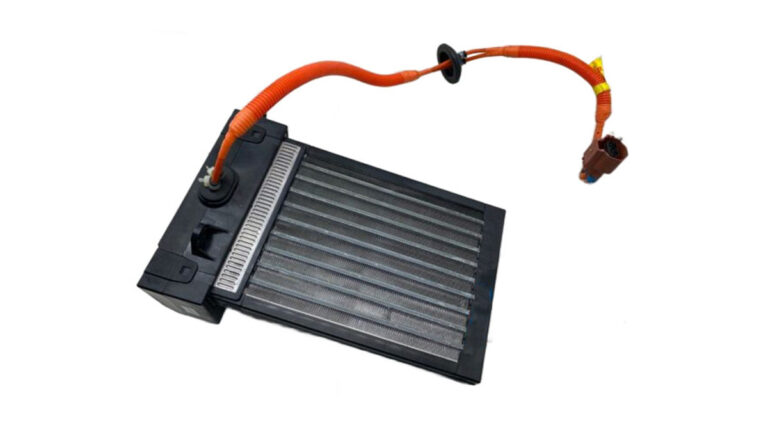An internal combustion engine car uses waste heat from the combustion process to heat up coolant. The hot coolant is then passed through a heater core that can then heat up cabin air.
Teslas don’t have internal combustion engines which means that they have to rely on different methods to heat up the passenger cabin. How do Tesla heaters work?
How Do Tesla Heaters Work?
Teslas have generally used resistor heaters. Resistor heaters work by sending electricity through a resistive element that heats up. Unheated air comes in from the front of the car and is then sent across the heating elements which heats up the air and sends it into the cabin.
Teslas can use resistor heaters or a heat pump to warm up the cabin
In newer Teslas, a heat pump is used instead of resistor heaters. A heat pump works by transferring heat from the atmosphere to inside the cabin. For the Tesla Model Y and all models produced from mid-2021 and up, the heat pump replaces the resistance heaters.
A heat pump is more efficient than resistive heaters, and it helps to heat the car up while also helping it maintain its range during cold weather.
Types of heaters used in Teslas
Resistive heaters and a heat pump aren’t the only two ways a Tesla can heat its cabin or battery. There are also a few more different ways how Teslas use the heat generated by the EV powertrain and use it for heating purposes.
Resistor Heaters
As their name suggests, the resistors are designed to resist the flow of electrical current. The heating element generates heat due to the electrical resistance to the flow of electricity. The more electricity they receive, the hotter they get.
Air is sent from the air intake, passed through the air filter, and then it passes over the hot coils or heating elements which heat the air up before it comes out of the cabin air vents.
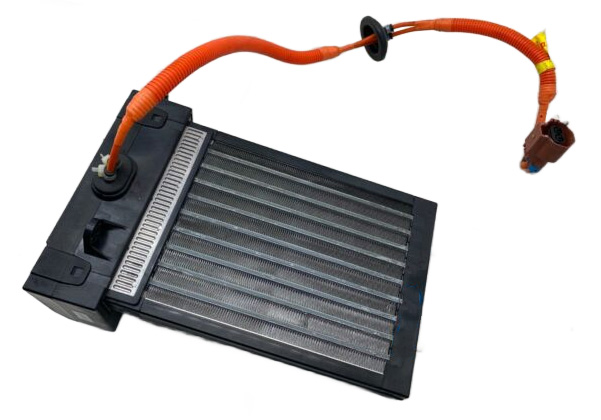
These types of heaters are fairly simple and provide more than adequate warmth when used to heat up a space, but they consume a lot of power.
Even though resistance heaters manage to heat a Tesla’s passenger cabin adequately, there is no getting around the fact that they can consume a lot of energy in cold weather, which can decimate the range of an EV.
Heat Pump
In recent vehicles, Tesla introduced a heat pump to replace the resistance heaters. This can extend the car’s range during cold seasons. The heat pump is basically an air conditioning system working in reverse. It moves heat from the atmosphere into the cabin.
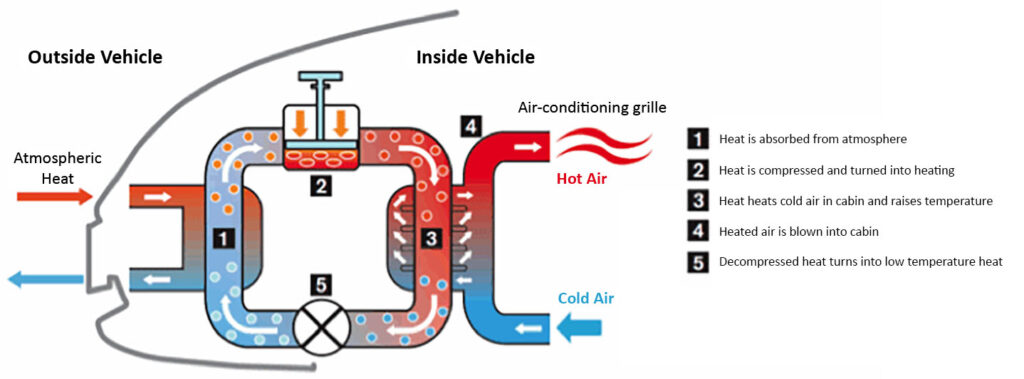
It can also draw excess heat from the powertrain to prime the battery for cold temperatures. The excess heat can also be used to heat up the cabin.
Read more: How does a Tesla heat pump work?
Even though heat pumps are nothing new, Tesla ensured that its system is simple, efficient, and optimized for an EV. Elon Musk called it some of the best engineering he’s seen in a while.
In most markets, the Model Y is the only model with a heat pump. All Teslas produced from mid-2021 and up are now equipped with a heat pump.
Waste Heat
Another way how Tesla cleverly manages heat is by recycling heat generated by the car’s battery, powertrain, electrics, and even the infotainment system.
It cycles this waste heat through a loop and is used to help keep the battery at its optimum temperature. Waste heat is an excellent way of transferring excess heat from drivetrain components to the battery pack.
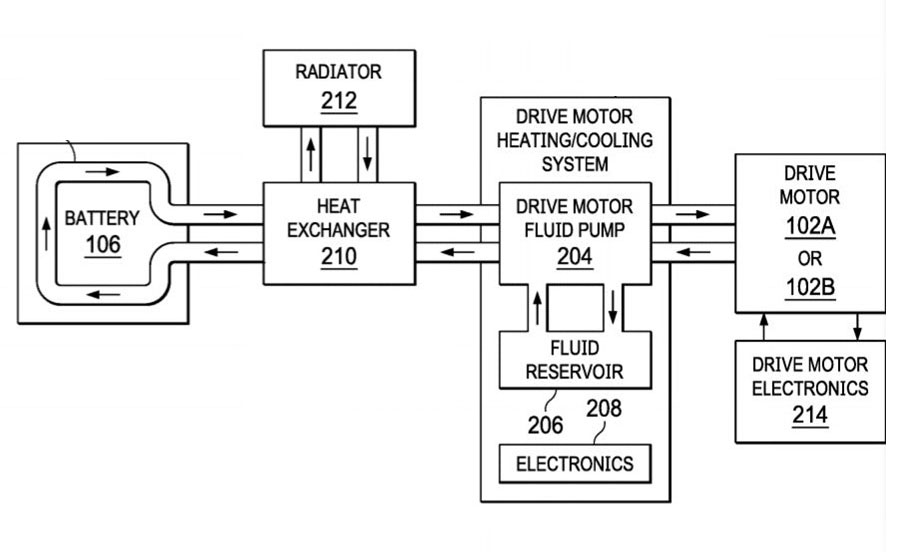
This proves beneficial for performance, the longevity of the battery, and fast charging. This system isn’t as rudimentary as a resistance heater system, but it helps with the car’s range during the winter season or cold mornings.
Battery Heaters
Teslas and all other electric cars have large high-voltage battery packs that must stay within a certain temperature range during operation.
For the battery to stay at its optimum temperature, there are coolant lines between the individual battery cells. Glycolene coolant is run through the coolant lines to always keep the battery temperature within a safe temperature range.

Keeping a battery pack at optimum temperature prevents it from wearing down prematurely and allows you to use its full power output.
Frequently Asked Questions:
How do Tesla heaters differ from traditional cars?
Traditional internal combustion engine cars use fuel that combusts with air within the combustion chamber. This combustion process emits large amounts of heat. Engine heat heats up coolant, this coolant is passed through a heater core which is then used to heat the air going to the cabin.
Electric cars can’t use engine waste heat because they don’t have internal combustion engines. To heat up the cabin of a Tesla or an EV, other heating methods are required such as a resistance heater, a heat pump, or waste heat from the drivetrain.
How much energy do Tesla heaters use?
It is said that the heater in most Teslas averages around 1kW to 5kW of energy depending on the outside temperature, cabin temperature, and cabin size. Larger Tesla models such as the Model S or the Model X can use up to 8kW of energy for heating purposes if you blast the heater during cold winter seasons while maintaining cabin temperature usually uses around 3kW.
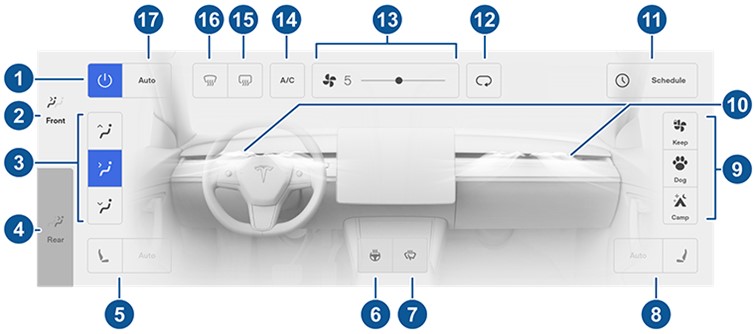
On the other hand, the Model 3 is said to use around 3-5kW of energy as it is smaller and tends to heat the car’s cabin more quickly. To maintain cabin temperature, the Model 3 uses closer to 1kW of energy.
The Model Y uses more or less the same energy as the Model 3; the average for the Model Y is around 3.8kW of energy, which is just slightly higher.

